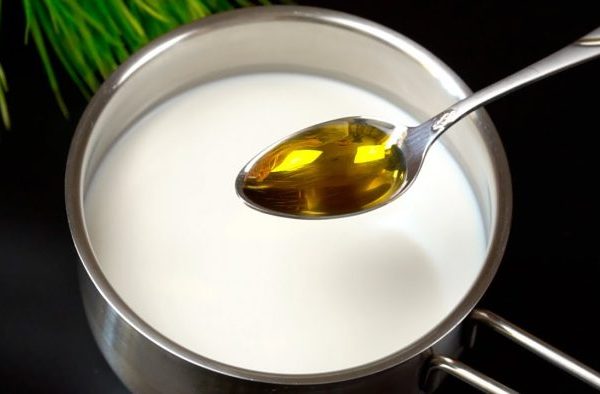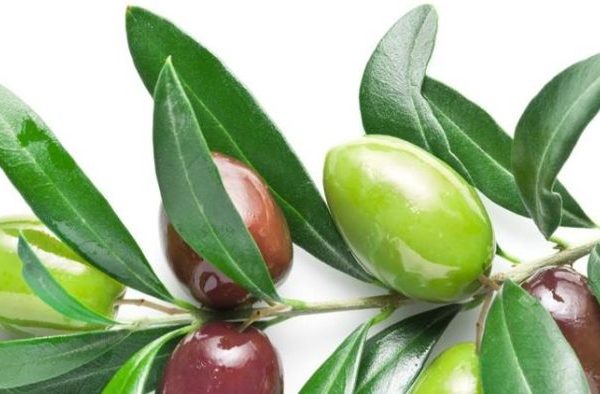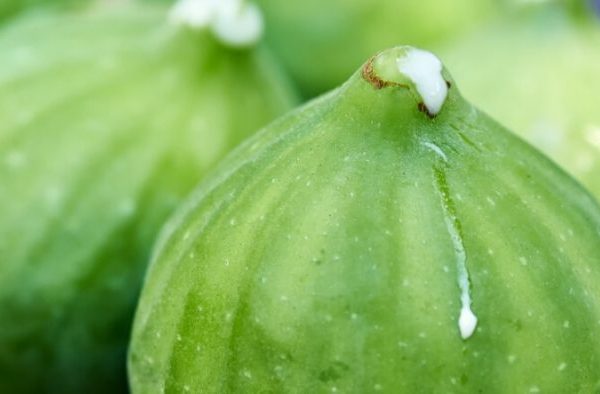Many of us unknowingly trample on a plant that holds incredible healing properties. Found growing abundantly in gardens, fields, and roadsides, plantain (Plantago), often dismissed as a mere weed, has been used for centuries to treat a variety of ailments. Despite its widespread availability, few people are aware of its remarkable health benefits.
What is Plantain?
Plantain, scientifically known as Plantago lanceolata (narrow-leaf plantain) and Plantago major (broadleaf plantain), is a hardy perennial herb with two versions: a female with broad leaves and a male with narrow leaves. Despite being considered a common weed by many, plantain has a long history of use in traditional medicine.
This plant, easily recognizable by its pronounced leaf veins and tall, slender inflorescences, thrives in meadows, along roadsides, and even in our backyards. Often growing in clusters, plantain is wind-pollinated and easily overlooked as it blends into its environment. However, this humble plant contains powerful healing compounds, making it a valuable remedy for various conditions.
Healing Properties of Plantain
The leaves of plantain contain several active compounds that make it an exceptional natural remedy. One of the key ingredients is allantoin, which promotes tissue regeneration and aids in wound healing. Another beneficial compound is aucubin, a potent antimicrobial agent. These compounds give plantain its ability to heal minor injuries, burns, and skin irritations.
For example, if you get a scratch or a graze, simply applying a fresh plantain leaf to the affected area can provide immediate relief. Some people even use the plant’s leaves to soothe acne, dermatitis, and minor burns. Whether applied fresh or ground into a paste, plantain can deliver its healing properties directly to the skin.
Respiratory and Anti-Inflammatory Benefits
Beyond its external uses, plantain is also highly regarded for its ability to treat respiratory issues. In traditional medicine, plantain is used to soothe inflamed mucous membranes and reduce throat irritation. It is particularly effective in calming coughs, treating bronchitis, and alleviating the discomfort of sinus congestion.
Plantain syrup and tea are common preparations used to harness the plant’s respiratory benefits. These remedies help reduce inflammation in the throat and respiratory tract, promoting healing and offering relief from symptoms such as sore throats and congestion.
Digestive and Internal Benefits
Plantain doesn’t stop at treating skin and respiratory issues; it also offers powerful internal benefits. This plant has been traditionally used to treat stomach problems, ulcers, bladder infections, and even hemorrhoids. The leaves can be prepared into an infusion or tea to help soothe the digestive system and calm inflammation.
To prepare plantain tea, simply cut the leaves into small pieces, wash them, and soak them in hot water for about 30 minutes. Strain the mixture, and drink the infusion after meals to aid digestion and soothe gastrointestinal discomfort. Plantain’s ability to regenerate damaged tissues makes it effective in promoting gut health and supporting the body’s natural healing processes.
Plantain’s Nutritional Benefits
Aside from its medicinal uses, plantain is also a highly nutritious plant. It contains an abundance of vitamins and minerals, including vitamins A, C, and K, as well as calcium and potassium. These nutrients make plantain a valuable addition to your diet, particularly in the spring when the leaves are fresh and tender.
Some people harvest plantain leaves to use in salads or even cook them as a side dish. The leaves can be eaten raw in salads between March and June, or cooked and squeezed to make a nutritious juice. Their high nutrient content makes plantain a great way to boost your intake of essential vitamins and minerals.
How to Identify Plantain
Although plantain grows abundantly in many regions, it’s important to correctly identify the plant before using it. Plantain has distinct leaf veins that are easy to recognize. The leaves of Plantago major are broad and oval, while those of Plantago lanceolata are narrow and lance-shaped. Both types of plantain produce long, slender flower spikes that emerge from the center of the plant.
Despite being relatively easy to identify, it’s always best to consult with an expert before harvesting and using any wild plant, especially if you are unfamiliar with it. If you’re considering using plantain for medicinal purposes, it’s also a good idea to check with your doctor to ensure it’s safe for your specific health needs.



